A beautiful, meaningful, and truthful reflection of a loving relationship,
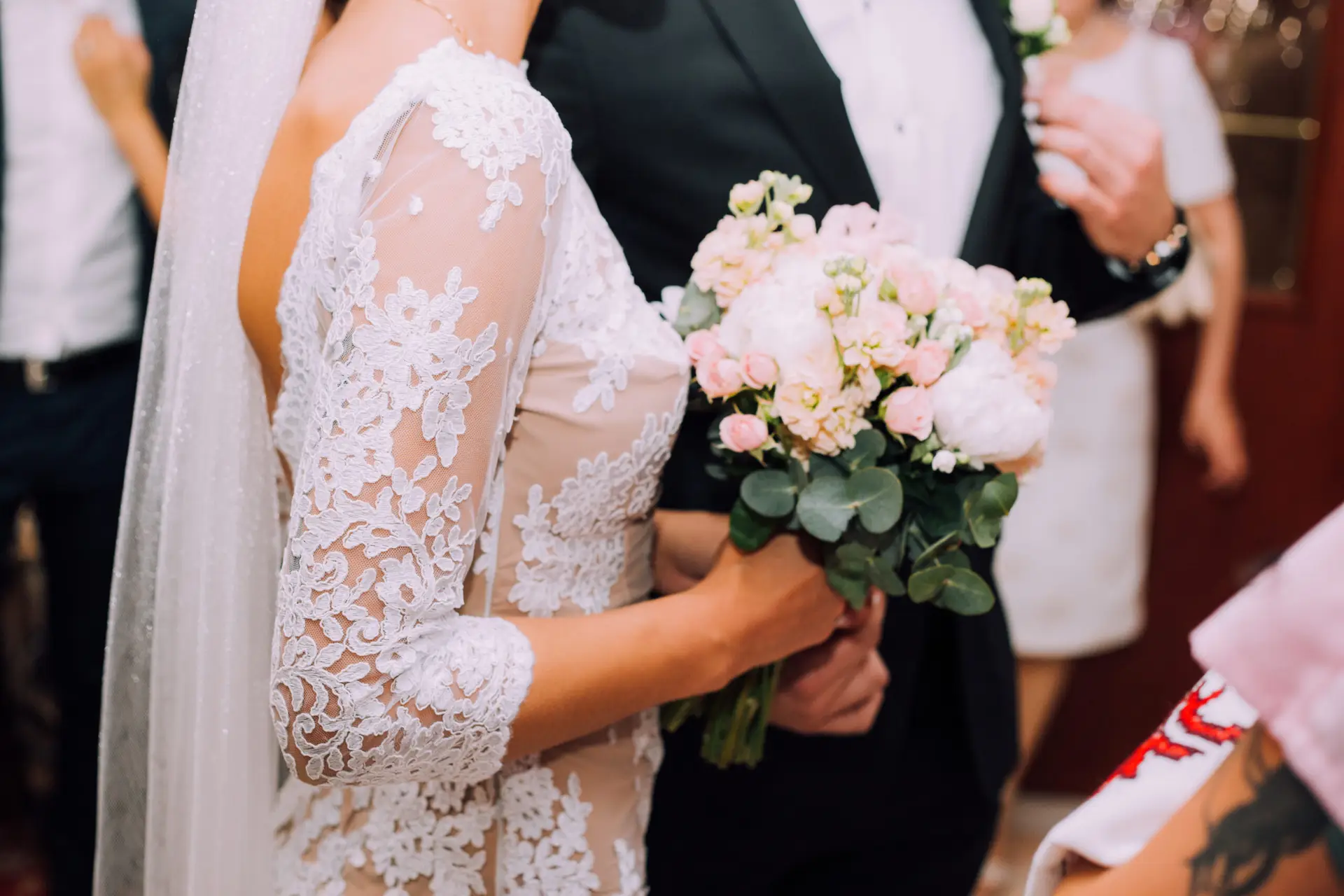
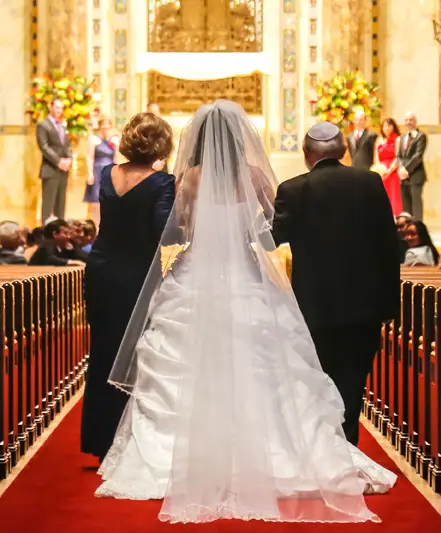
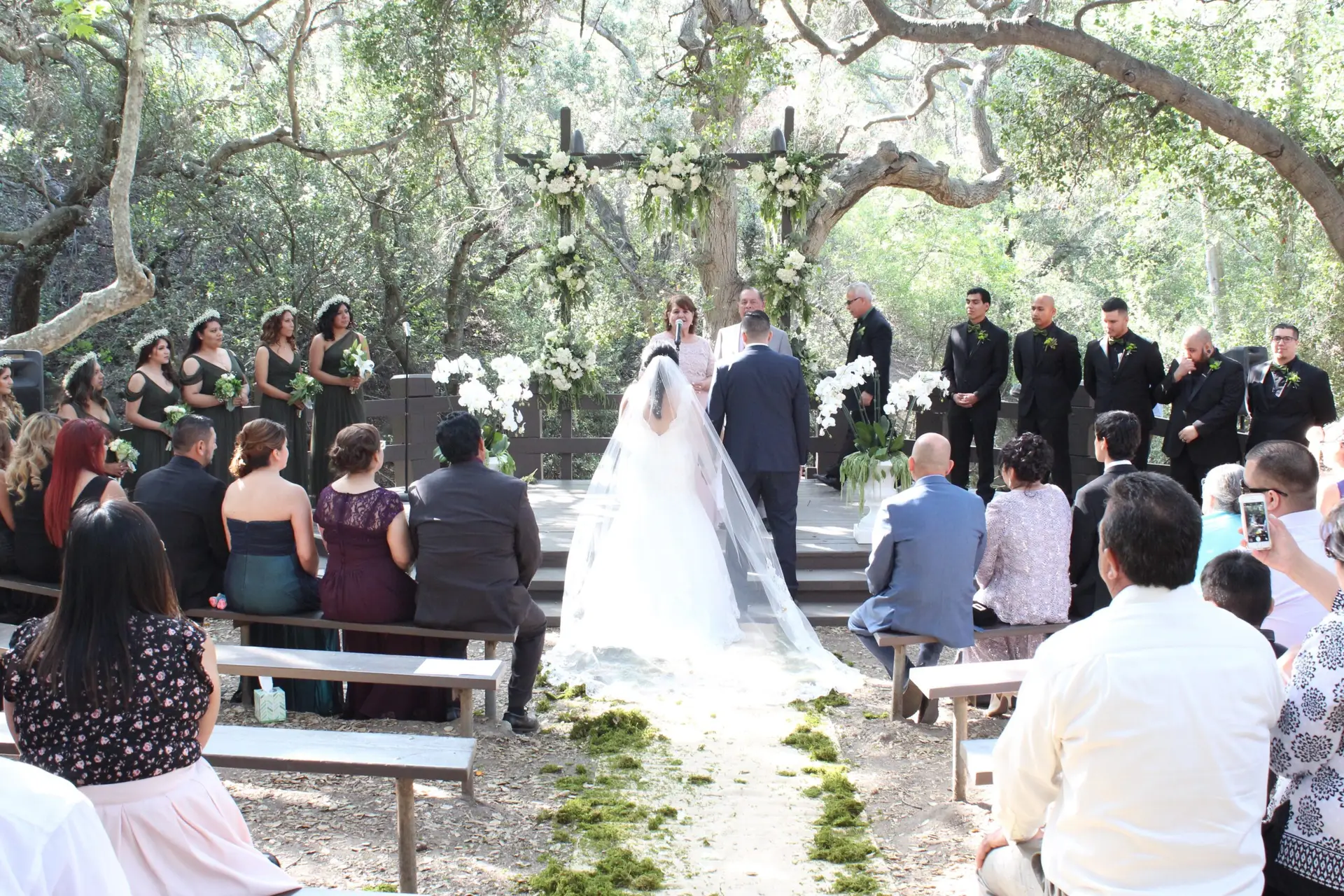
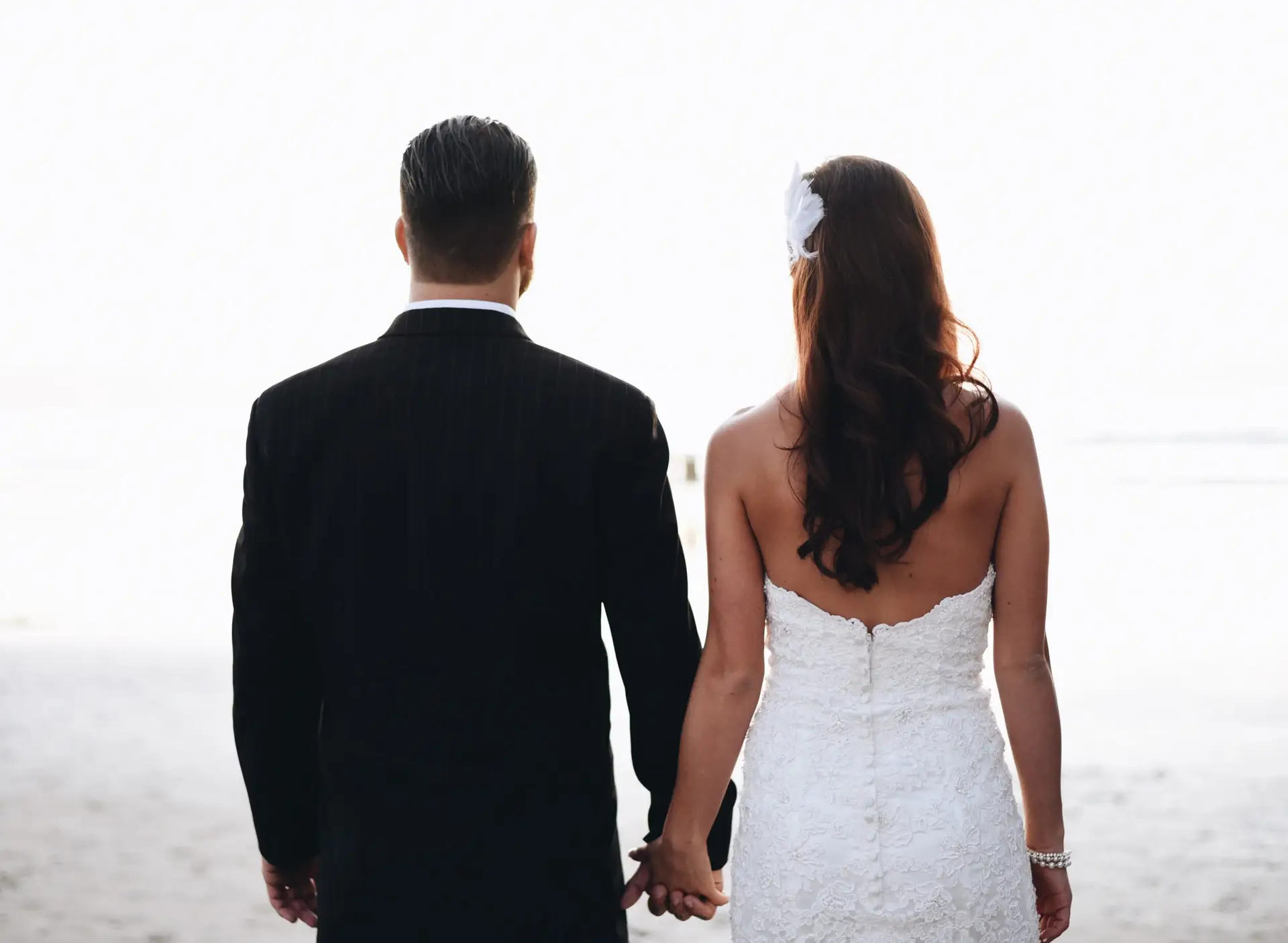
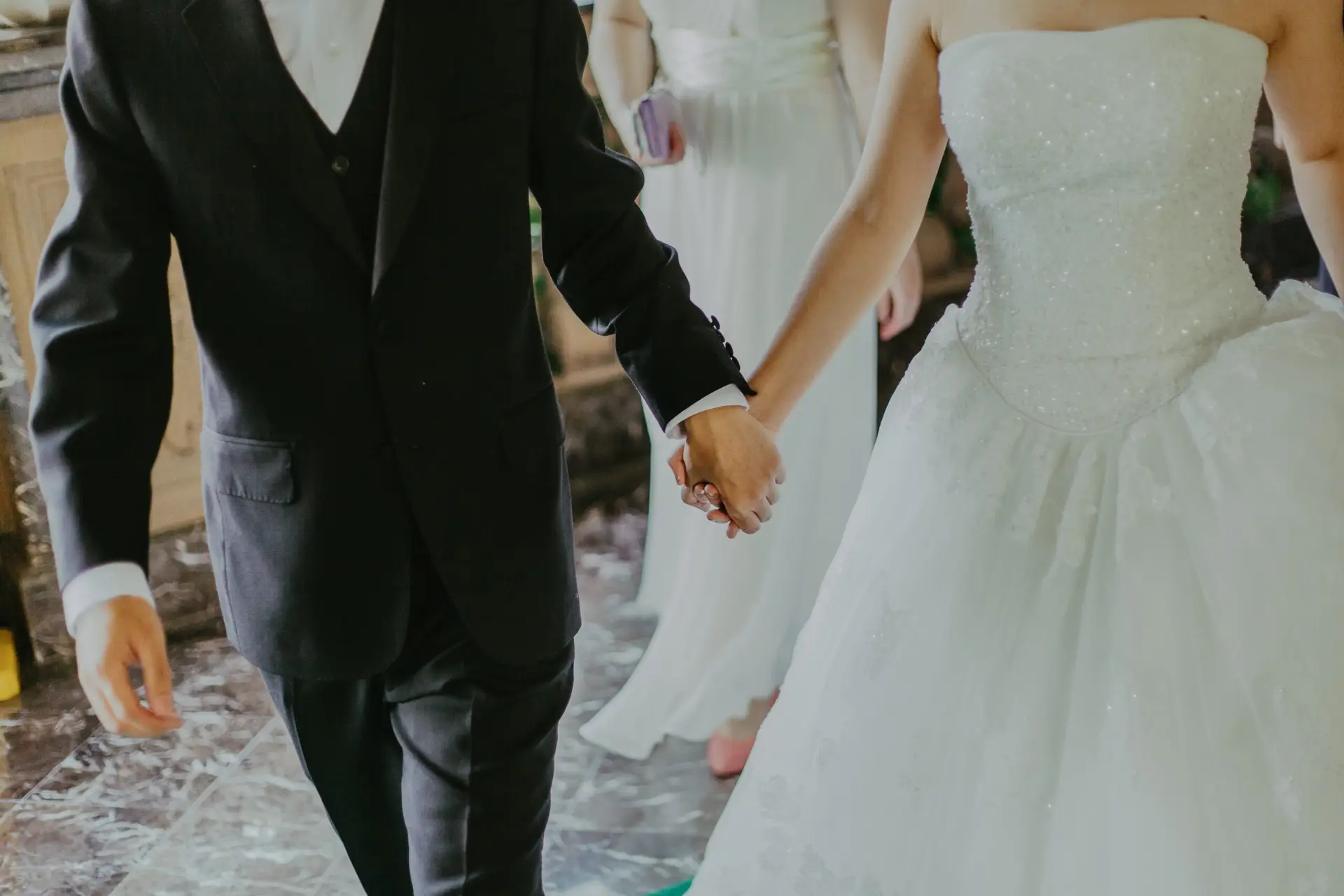
A rich ritual event that highlights
the solemnity and expectations implicit in the marriage commitment
The symbols that constitute the ritual aim at transforming what otherwise would be a common, prosaic, even bureaucratic act into an elevating moment in life.
A cup of wine in a special ceremonial goblet is no longer a glass of wine at a bar or restaurant. Rings are not jewelry accessories. A ketubah is not a compliance form signed at a government’s office. Words are not words, one says, but promises, reflections of dreams and hopes, and confessions of what one’s feelings are.
The rituals of the Jewish wedding ceremony are, above all, a vehicle to express awe, gratitude, and hope.
The ceremony is a mix of symbols, customs, and liturgical elements neatly designed alongside distinct sections that easily allow for interpolations of poetry, declarations, songs, and, like in every great symphony, silences.
The Symbols in the Ceremony
Wine
Wine is used during all joyful Jewish rituals. It is present on all occasions where future happiness is anticipated.
Wine is symbolic of life. It begins as grape juice, but when fermentation sets in, the process transforms into something sweet and joyous.
During the ceremony, the groom and bride drink twice from the same cup, symbolizing their commitment to share their lives from that moment on.
The blessing over the wine is intended to transform the moment, inspiring wonder and gratitude.
The Rings
Much as a ring has no beginning and no end, the exchange of rings during the wedding ceremony symbolizes the newlywed couple’s wish that the devotion and love for each other never end.
The exchanging of rings, in addition, represents the new link that the newlyweds are about to add to the lengthy chain of human generations, much like how a chain is formed by interlocking arms.
The Huppah
The wedding ceremony takes place under a marriage canopy, known as a huppah in Hebrew.
The huppah represents the home that the bridegroom and bride will construct together.
The temporary structure consists of four poles that can be freestanding or supported by family and friends who during the ceremony create the huppah walls, which represent the couple’s love and warmth.
The Ketubah
A written declaration of love and fidelity.
A beautifully designed and meaningful declaration of love, values, and intention.
Often adorned with artistic flourishes, it stands as a colorful reflection of the couple’s commitment to one another.
Signed in the presence of two witnesses, this sacred agreement transforms private devotion into a public affirmation, anchoring the marriage in tradition, community, and shared responsibility.
{It becomes a cherished keepsake — a living testament to the promises made on the wedding day and the life the couple vows to build together.}
Gratitude
The quintessential form of expressing gratitude in Judaism is the “berakha” (blessing),
Derived from the root word “BeReKh” (the current term in modern Hebrew for “knee”), “berakha” originally meant “to bend one’s knee” in gratitude.}
Gratitude is an I.O.U. that is made public at every momentous passage in life in Judaism.
The Jewish wedding ceremony proclaims that a couple’s life together begins with expressing gratitude for having encountered each other, for the myriad of hopes this union engenders, for family, for friends, and for being alive.
The berakhot (blessings) of the Jewish ceremony, in fact, express the gratitude of two individuals now becoming one family, a new creative force in the world, and members of a community that has preceded them.
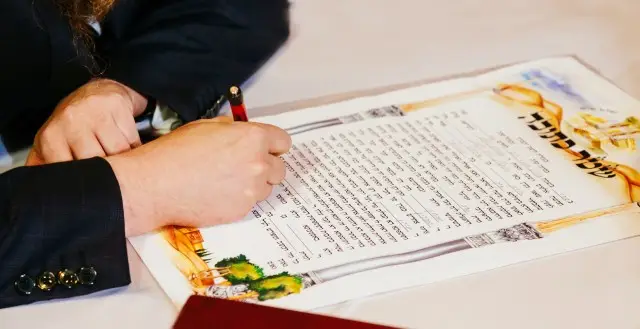
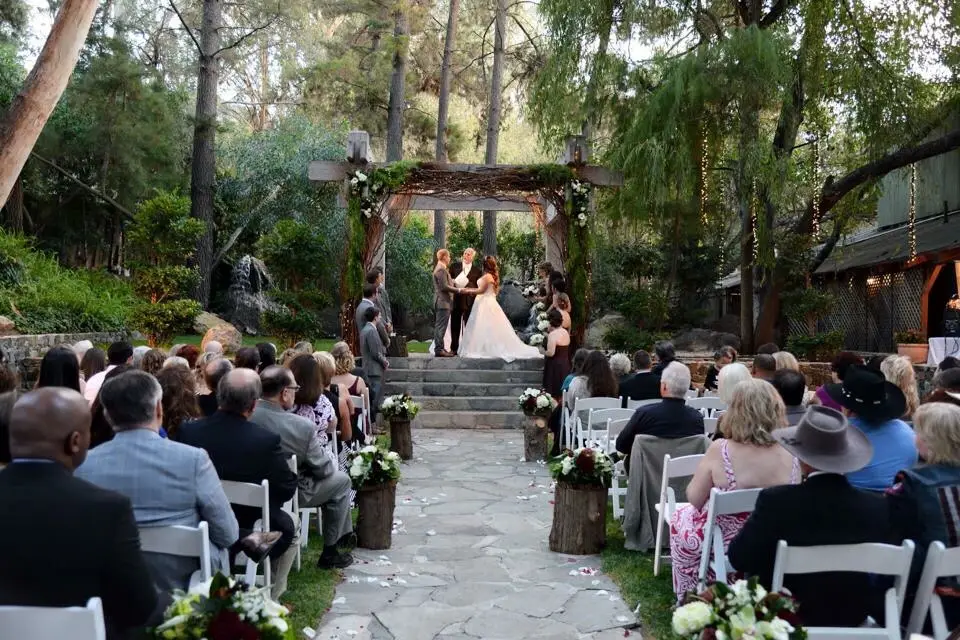

Breaking the Glass
Can we assist you?
Please fill out the form, so we can learn more about you and your needs.
